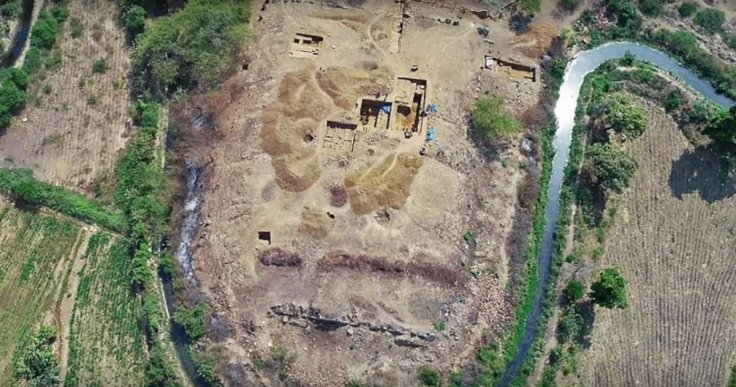A team of archaeologists has discovered a 3000-year-old megalithic temple at the Huaca El Toro archaeological site, located in modern-day Oyotún in the Zaña Valley of northwestern Peru, that was used by an ancient "water cult" for fertility rituals.
It should be noted that this is the first megalithic temple made from large stones discovered in this area. It was situated between two rivers and joined together to give rise to the current Zaña River, which is currently dry most of the year.

Cult that worships water
As per the archaeologists, it is an interesting find as it is the only known megalithic architecture in the Lambayeque region, which is known for desert landscape as well as dry forests. Secondly, it's built by the earliest "great religion of ancient Peru." It should be mentioned that the water cult, whose members used to worship the water, built this megalithic temple in an area where a new river rises as a kind of "territorial symbolism."
Edgar Bracamonte, an archaeologist with the Royal Tombs of Sipan Museum in Peru and one of the researchers involved in this excavation program said that this ancient temple dates back 3,000 years, to the Formative period, which was generally seen as the beginning of about 2000 BCE and lasted until about 200 CE.
Ancient inhabitants used to predict rains
Bracamonte stated that the location of the temple, between the rivers and the presence of the surrounding "pocitos," or small wells indicates that ancient inhabitants of this region used to predict rainy seasons. In addition, he also mentioned that the location also shows the importance of water to the people of the Formative period, which is an era of spectacular social transformation marked by the development of social stratification and monument building.
The archaeologists revealed that the 3000-year-old temple was built by using different sizes of large, carved rocks, which were moved to the area from mountains located over three kilometers away. It is believed that the temple has been abandoned around 250 BC.
Used as burial ground by Chumy people
Later, the site was used by Chumy people as a burial ground. Archaeologists found 20 tombs belonged to the Chumy people, while one belonged to a man buried during the Formative period. Bracamonte said that the adult male was buried with a ceramic bottle that had two spouts and a bridge handle.
Pre-Inca civilization
The team of archaeologists found that the megalithic temple was occupied in three stages, while the first stage is between 1500 BC and 800 BC, when people built the structure's foundations from clay, the second stage is when temple was built with influences from the pre-Inca civilization known as the Chavin, between 800 BC and 400 BC. The third stage is when people added circular columns that were used to hold up the temple's roof, between 400 BC and 100 BC.









